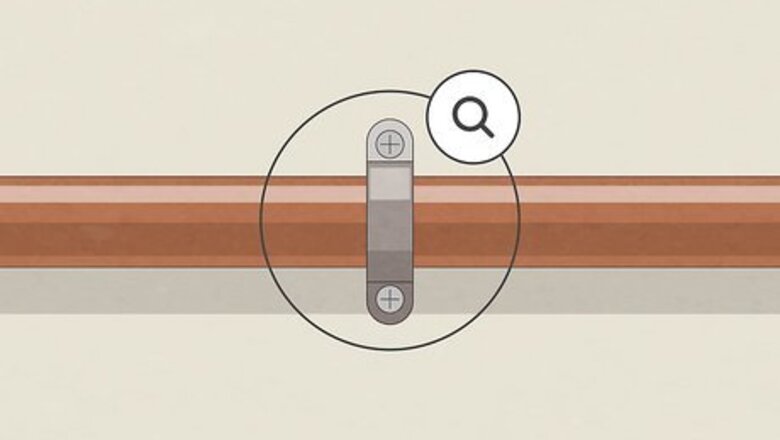
views
Fix Loose Banging or Rattling Pipes
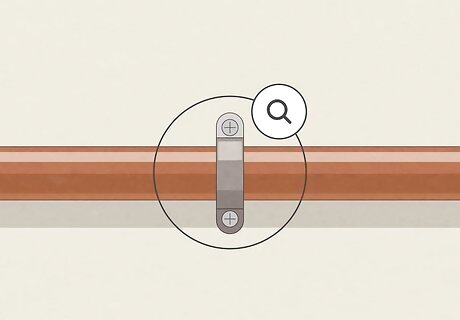
Check all pipe anchoring locations. Older pipe anchors come loose over time and may need to be tightened or replaced. Pipes are usually anchored to wood floor joists using metal clamps. Replace these clamps if they are loose, or add more clamps if the pipes are easily moved. Install anchors every 6 to 8 feet (1.8 to 2.4 m) on horizontal pipes and every 8 to 10 feet (2.4 to 3 m) on vertical pipes.
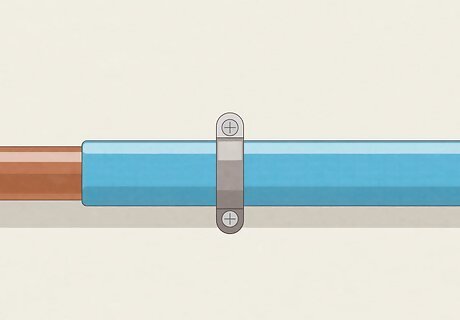
Add cushioning to prevent rattling or banging pipes. Wrap a piece of rubber around the pipe and secure the wrapped area to the joist with a metal clip. If you don't have pipe insulating foam, a piece of rubber inner tube or garden hose will work. Do this every 4 feet (1.2 m) along length of the pipe. Leave room for expansion around the pipe or anchoring mechanism. This is particularly important when insulating plastic pipes. Avoid galvanized anchors on copper piping. Even small pipe movement can create a lot of noise when metal on metal comes against metal.
Check for Lack of Air
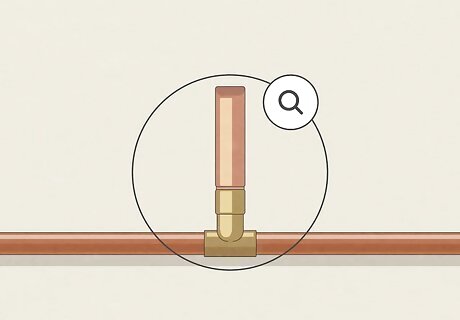
Check the air chambers behind plumbing fixtures for water buildup. Air chambers are designed to provide a cushion when the water is turned on and off. If the chamber fills with water, you may hear a hammer noise when turning your faucets on and off.
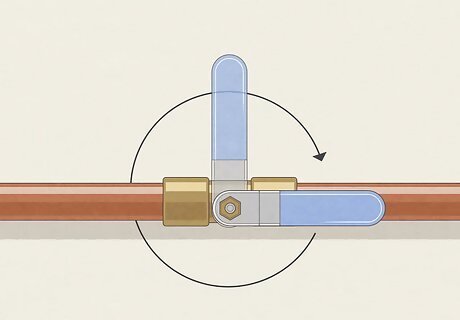
Turn off the home's main water supply.
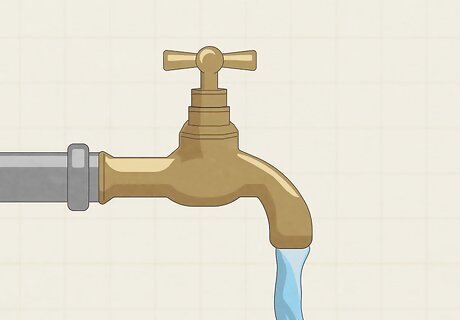
Drain all the pipes in the home by turning on every faucet in the house.
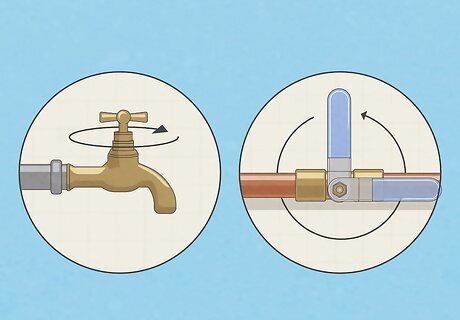
Close the faucets before turning on the main water supply. This should restore air in the designated air chambers and quiet noisy pipes.
Diagnose Banging Noises
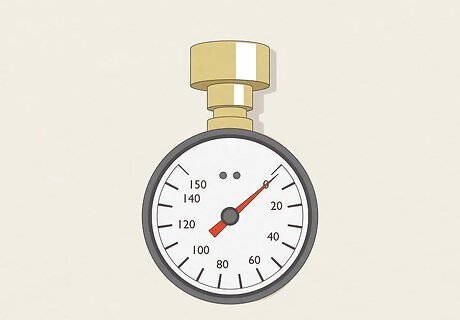
Purchase a home water pressure testing gauge at a local hardware or home improvement store. They are not expensive.
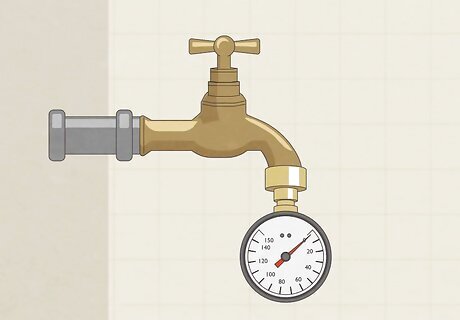
Connect the gauge to an outside faucet that is regulated. A regulated faucet usually comes out of the wall. Turn the water faucet on and record gauge reading, which is in pounds per square inches (psi).
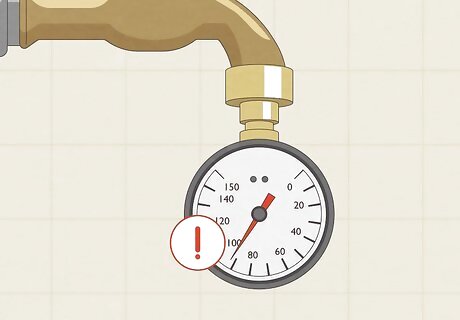
Call a plumber to replace the pressure regulator if the gauge reads over 80 psi.
Stop the Squeaky Pipes
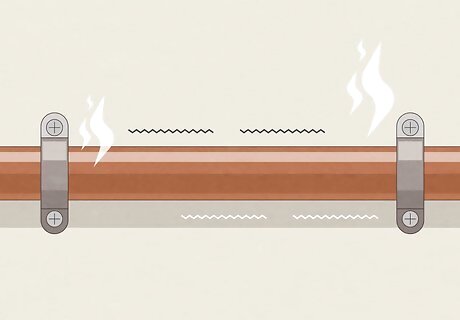
Examine hot water pipes if you hear squeaking. Hot water pipes expand and rub against their anchoring straps when the water runs through them. The rubbing can sound like a squeaky noise when the water is turned on or off.
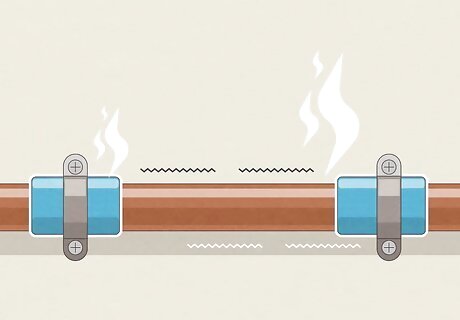
Cushion hot water pipes the same way you would cushion banging pipes, by placing either pipe cushioning foam or rubber inside the anchor.











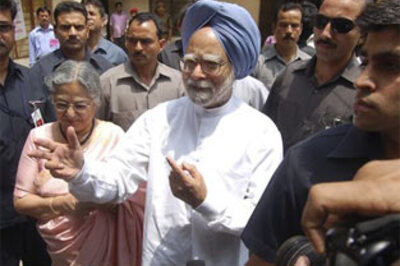





Comments
0 comment